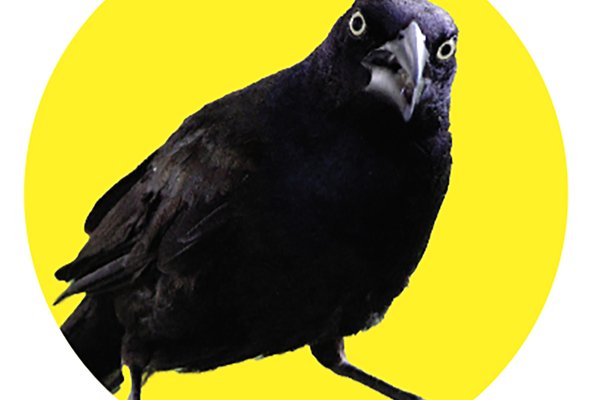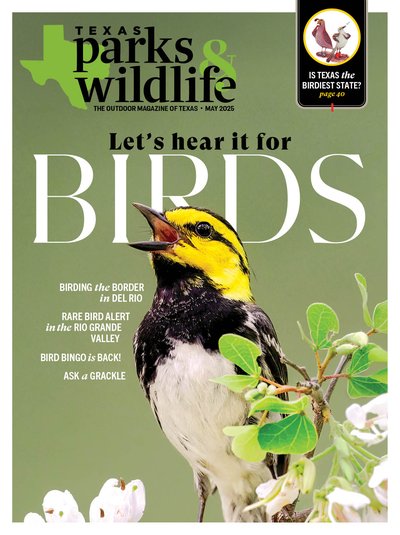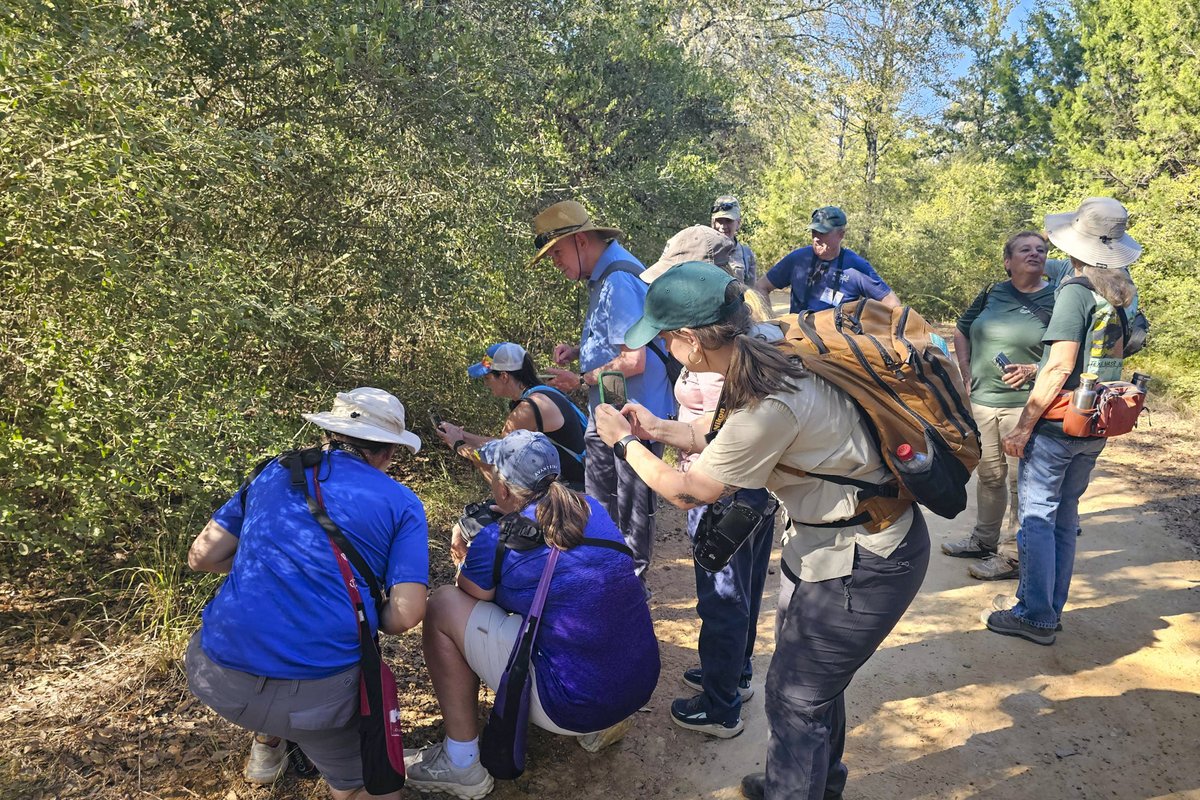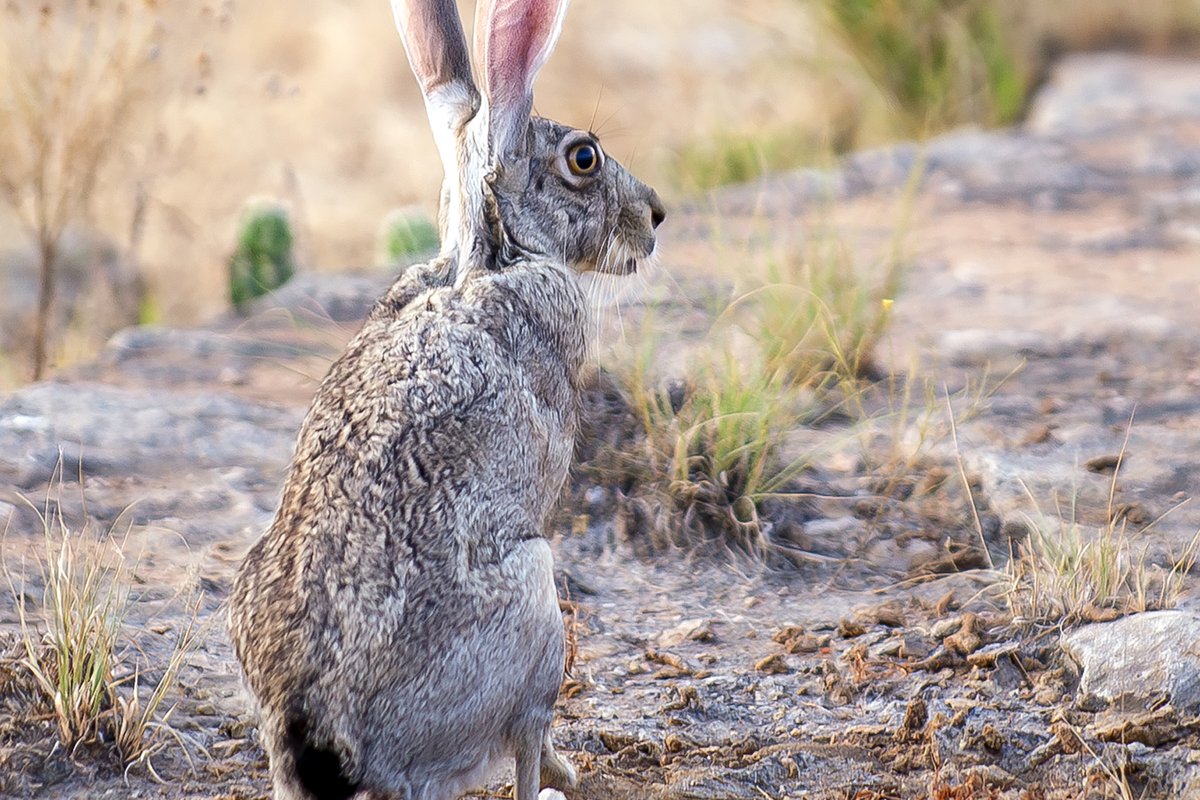Dear Family,
Cousins are one of life's great joys! All my cousins (related species of grackles) give our genus a good name. You might have heard of the common grackle, who lives in the eastern half of the North American continent. Some have said common grackles are prettier than I am (a great-tailed grackle), but I think it's unkind to compare. Sure, common grackles are a bit more iridescent and have a plump, sleek body shape, but we're all beautiful in our own ways! We also have some coastal cousins, the boat-tailed grackles, which live along the Gulf and Atlantic coasts. They're called that because they keep their tails folded in a v-shape, like the keel of a boat. They look quite similar to me, but their heads are a little fluffier. These beach bums enjoy eating crustaceans along the Atlantic coast, but like me, they also have a taste for human food scraps. We're an International family, too - if you're in Nicaragua or Costa Rica, look up my cousin the Nicaraguan grackle. In the Greater Antilles, keep an eye out for the Greater Antillean grackle. And finally, Colombia east to Venezuela and Northeastern Brazil host the carib grackle. I also have one long-lost cousin, the slender-billed grackle, who unfortunately went extinct near the turn of the 19th century due to loss of habitat as their native Mexican marshes were converted to farmland.I wish I could have met a slender-billed grackle. I'm sure they would be full of stories - during izcalli, a month in which the Aztecs sacrificed a variety of animals to their gods, the Aztecs chose to use slender-billed grackles to sacrifice to their fire god.
Yours,
Grackle
Have a question for the grackle? Email us at magazine@tpwd.texas.gov and we will pass it along to our avian adviser. The grackle's opinions are its own and do not necessarily reflect the views of the Texas Parks and Wildlife Department.






